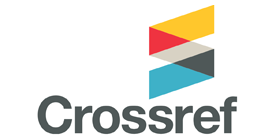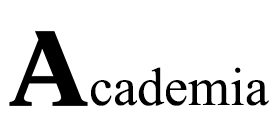Design and Validation of an Environmental Education Curriculum Model for Higher Education Based on the "Aker" Approach
Keywords:
Curriculum, Environmental Education, Higher Education, "Aker" Approach.Abstract
Purpose: The curriculum is a central element in any educational activity, and the present study aimed to design and validate an environmental education curriculum model for higher education based on the "Aker" approach. Methodology: This study used a mixed-methods approach, where the qualitative sample consisted of academic and organizational experts familiar with the research field, and the quantitative sample included curriculum specialists, textbook authors of the Ministry of Education, and environmental experts. The qualitative and quantitative research samples comprised 22 and 191 individuals, respectively, selected according to the principle of theoretical saturation through purposive non-random sampling and Cochran's formula with convenience non-random sampling. The research tools were semi-structured interviews and researcher-made questionnaires in the qualitative and quantitative sections, respectively, whose psychometric indices were confirmed. Data were analyzed using coding in Nvivo software and exploratory factor analysis and structural equation modeling in SPSS and Smart PLS software. Findings: The qualitative findings indicated that the environmental education curriculum model for higher education based on the "Aker" approach contained 87 concepts across 10 elements; namely, 13 concepts for program logic, 15 for program objectives, 13 for educational content, 7 for teaching and learning activities, 9 for instructor characteristics, 7 for educational materials and resources, 5 for educational space and setting, 8 for grouping, 4 for instructional time, and 6 for assessment. Additionally, the quantitative findings showed that the factor loadings, average variance extracted, and composite reliability of the elements were respectively higher than 0.40, 0.50, and 0.70. The fit of the environmental education curriculum model for higher education based on the "Aker" approach was appropriate, with all path coefficients being higher than 0.50 and significant at the 0.001 level. Conclusion: According to the environmental education curriculum model for higher education based on the "Aker" approach and its concepts, planning for the design and application of an environmental education curriculum is essential.
















